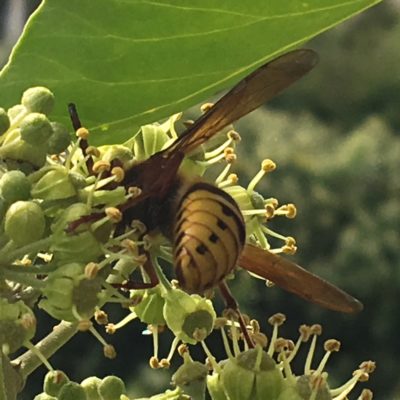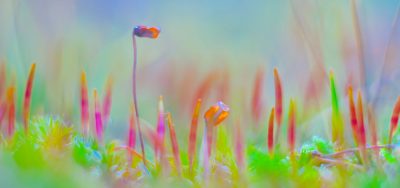Biodiversity
We want a healthy and strong biodiversity in our environment. Due to its natural character, a versatile range of plant and tree species not only leads to risk-spreading for the forest farmer. Its variety also appeals to different types of birds, insects and other animals.
Within a few years after establishment, food forests show a head start in diversity over other natural cultures, such as agrarian crops but also the traditionally planted protected forests.
Functionality
Forests act as a habitat for a wide range of plant and animal species. In doing so, they not only support the survival of these species. But they also contribute to functional biodiversity. This means that we can think of, for example:
– the role that insects play in pollination,
– the role of fungi (mycorrhizae) in making nutrients available from the soil,
– increasing the proportion of natural enemies to control pest insects in agriculture and the built-up environment (e.g. oak processionary caterpillar).
Rare habitat
How many forests and landscape plantings contribute to the enhancement of biodiversity differs per plant type and is determined, among other things, by the tree and shrub species used, the structure of the planting (and thus the variety of habitats that a planting can accommodate), the location and the management carried out. The rarity is also important. Marshy forests, for example, are a relatively rare habitat in the Netherlands in general. Due to its rarity, the construction of this forest type is of great value to biodiversity.
Read more about the loss of biodiversity
2014/natuur/biodiversiteit-en-causes-of-loss-in-europe



